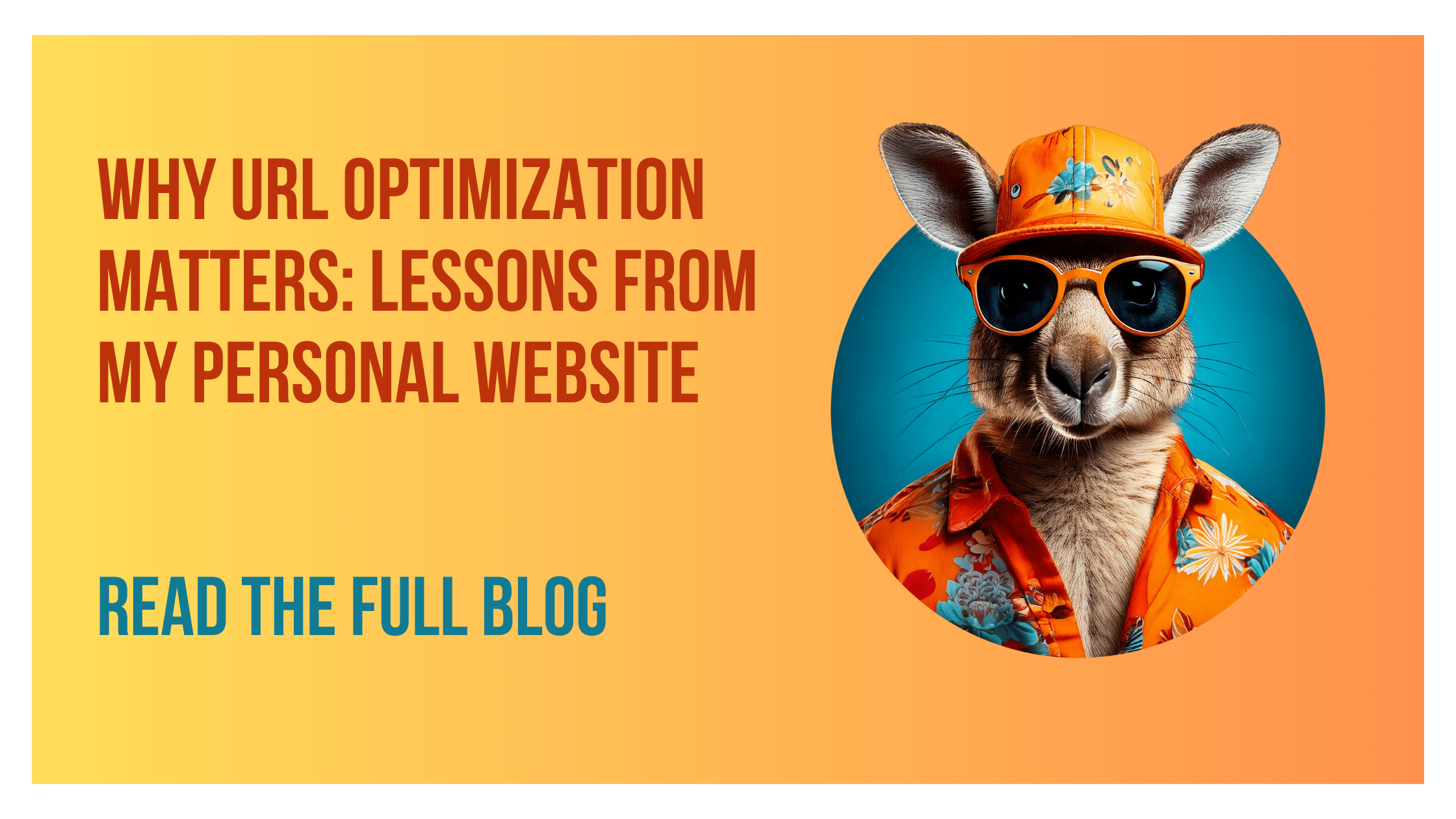G’day, mate! When I first hopped into building my personal website, I didn’t give much thought to the structure of my URLs. You know, those web addresses that look like a jumble of letters and numbers. I figured, “Eh, who cares?” But before long, I noticed a couple of things hopping around that I couldn’t ignore:
- My site wasn’t ranking well in search results.
- Visitors seemed to bounce off my site faster than a kangaroo on a trampoline.
I started scratching my head and thought, “What could be the problem here?” After a bit of research, I figured out that my messy URLs were a big part of the issue. And once I took the leap to clean them up, the results were as satisfying as a cool drink on a hot day in the Outback!
The Turning Point: Fixing Those Messy URLs
So, what did I do to fix it? Well, first off, I realized my URLs were doing more harm than good. They looked like this:
example.com/page?id=12345example.com/post?ref=blog1
Not exactly the kind of URLs that scream “trustworthy” or “easy to navigate,” right? Here’s what I did to clean them up:
1. Made Them Descriptive and Clear
Instead of that confusing jumble of numbers, I gave my URLs some real meaning. Like:
- From
example.com/page?id=12345
To:example.com/portfolio-projects - From
example.com/post?ref=blog1
To:example.com/how-to-optimize-urls
Now, the URLs actually tell you what the page is about! No guessing, no weird numbers—just plain and simple.
2. Short, Sweet, and Simple
Let’s face it: no one wants to look at a URL that looks like a secret code. I made sure to keep mine short and easy to remember, ditching those confusing parameters like ?id=12345. After all, who wants to share a link like that? It’s about giving people something they can actually use!
3. Consistency Was Key
I didn’t want to go off hopping in all directions. I kept the URL structure the same across my site, like this:example.com/category/post-title
That way, my site was nice and tidy. Easy to follow. Easy to trust.
The Results: A Real Leap in Traffic and User Engagement

Once I gave my URLs a makeover, the results came hopping in pretty quickly. Here’s what happened:
- SEO improved: Search engines could now understand my URLs. When I switched from messy, cryptic ones to clean, descriptive URLs, search engines gave my site a higher ranking.
- Visitors stuck around longer: My new URLs were much easier to understand, which meant people knew what they were clicking on. They weren’t bouncing off to another site.
- More clicks on links: When I shared my site, people were more likely to click on my links because they looked professional and trustworthy.
Why URL Optimization Matters for You, Too
Here’s what I learned: a small change, like optimizing your URLs, can make a world of difference. Here’s why:
- SEO Boost: Search engines love URLs that make sense. Keywords in your URL help Google and friends understand what your page is about, making it easier for people to find you.
- Better User Experience: Clean, descriptive URLs are easier for your visitors to remember and trust. It’s like showing up to a party with the right outfit—people take you seriously.
- Increased Click-Throughs: A neat URL is more likely to get clicked when shared. No one’s going to click a link that looks like a code from a spy movie. But a nice, clear URL? That’s a winner!
Tips for Optimizing Your URLs
If you’re managing a website (whether it’s personal or professional), here are a few quick tips to hop on:
- Keep it simple: No one wants to read a URL that’s longer than a kangaroo’s hop. Aim for a short, snappy URL that tells people exactly what they’ll find.
- Use relevant keywords: Your URL should tell people and search engines what your page is about. Keywords are your friends here.
- Ditch unnecessary parameters: Numbers and symbols are confusing. They don’t help anyone, so remove them.
- Stay consistent: Your URL structure should be the same all over your site—keep it organized and easy to follow.
- Use hyphens, not underscores: Google prefers hyphens to underscores. It’s a simple fix that makes a big difference.
Wrap-Up: Don’t Skip the URL Hop!
If you’re looking to improve your site’s traffic and user experience, don’t underestimate the power of a good URL. A small change can lead to big results—just like when a kangaroo makes a big leap. Clean, descriptive URLs not only help with SEO but also make your site look more professional and trustworthy.
So, next time you’re working on your website, remember: URL optimization is more than just a little detail. It’s an essential part of getting your site noticed and helping your visitors stick around. Have you worked on your URLs before? I’d love to hear your experiences! Let’s have a chinwag about it!


Leave a Reply